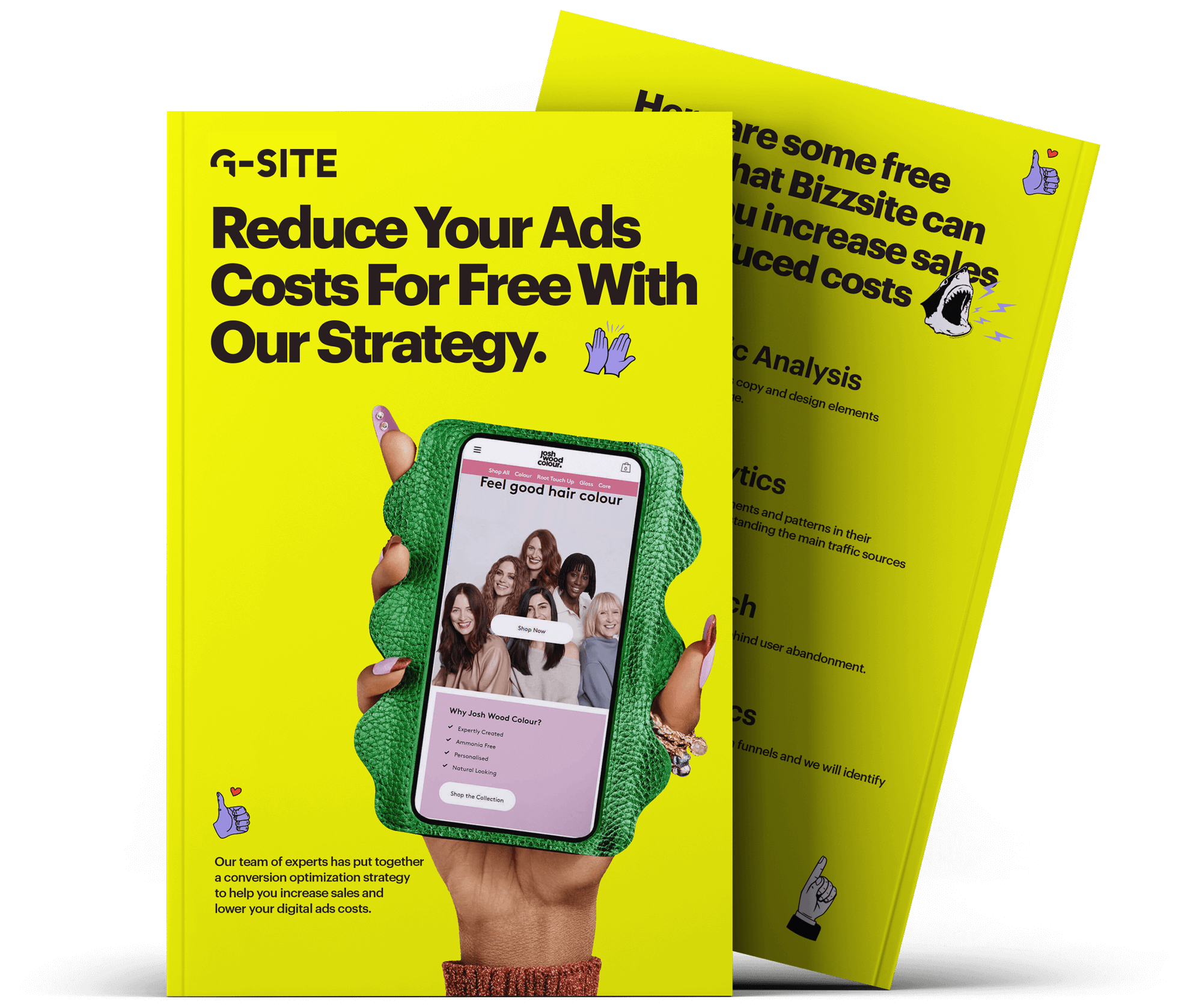%20(1).avif)
Give Me The $2,500 CRO Strategy For Free
Subscribe to
G-site sales blog
Get the best and latest in marketing and sales delivered to your inbox each week.

%20(1).jpg)
Your website’s lead capture forms are the engines behind every new sale.
They collect the data your sales team needs to turn visitors into qualified leads, and they decide whether someone becomes a paying client or leaves your site forever.
In 2025, form optimization is no longer about just collecting emails. It’s about creating frictionless, high-converting experiences powered by data, personalization, and AI.
When built right, lead forms:
Example:
A real estate agency using AI forms can automatically send neighborhood-specific listings.
A manufacturing company can send targeted content about solving supply-chain delays.
The secret? Smart, fast, and conversion-focused lead capture.
Before optimizing, know your numbers.
If you’re below 3%, your form design or copy is likely the issue.
Popups convert at only 3%, while dedicated landing pages convert up to 23%.
💡 Pro Tip: Every form deserves its own page. Explain what visitors get, why it’s valuable, and what happens next after they click “Submit.”
People only fill out forms when they understand what’s in it for them.
Add a simple statement above the form like:
“Get your free 2025 Industry Report learn how top businesses doubled their conversion rates.”
A/B tests show that clear, benefit-driven headlines increase form completions by up to 79%.
Videos build trust. They show prospects who you are, what happens next, and why they can feel safe sharing information.
💡 Pro Tip: Use AI-generated voiceovers or your real team to make the video feel human and local.
The best forms ask only what’s necessary.
Each field should have a clear purpose tied to your sales funnel.
Here’s what to include:
Your primary contact channel. Without it, you can’t nurture or automate follow-ups.
Helps identify decision-makers.
Use a drop-down for roles such as:
💡 This data lets you personalize future emails and segment audiences by decision power.
Tells you if a lead fits your pricing model.
Use segmented options like:
Enterprise-ready? Go after the larger segment first.
This is gold for your sales team.
Knowing their challenge helps you send the right resource or schedule a relevant demo.
Example:
“What’s your biggest marketing challenge?”
Helps you tailor communication and understand context.
Example: A SaaS company may speak differently to healthcare clients than eCommerce ones.
Lets your sales team research before the first call.
Add simple optional fields like:
Asking too many questions kills conversions.
Forms with 3–5 fields convert best.
AI and CRM platforms like HubSpot now allow progressive fields, forms that change questions based on what’s already known.
Example:
💡 Why it works:
Visitors never see the same question twice, but you keep building a complete profile over time.
To get from average to elite-level conversion rates, use these CRO best practices:
Use action-driven language:
Forms above the fold convert 2x better than forms at the bottom.
Add social proof (logos, testimonials, certifications) right beside your form.
Add microcopy under the button:
“We respect your privacy. No spam, ever.”
A great lead form doesn’t just capture names, it captures intent.
By combining:
You’ll turn every form submission into a meaningful sales conversation.
✅ Lead capture forms are your #1 sales tool not just data collectors.
✅ Keep forms short (3–5 fields max).
✅ Focus on value, clarity, and trust to boost conversions.
✅ Use progressive fields to gather more data over time.
✅ Add videos and clear CTAs to increase engagement.
In 2025, the winners are those who make every click, form, and follow-up frictionless and human.
👉 Claim Your Free Strategy, see how our AI-powered website and conversion system helps businesses create lead forms that convert 2x faster and bring higher-quality leads, automatically.
%20(1).avif)
Get the best and latest in marketing and sales delivered to your inbox each week.